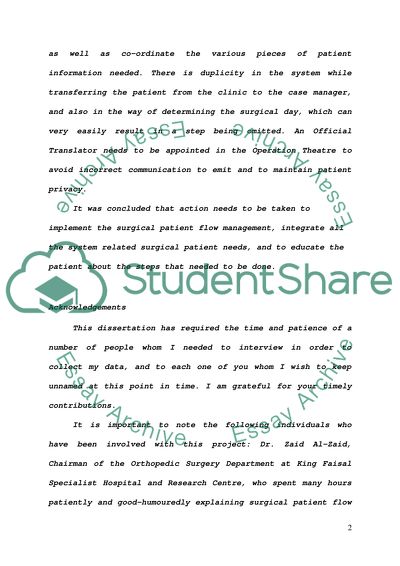Cite this document
(Surgical Patient Flow Term Paper Example | Topics and Well Written Essays - 2000 words, n.d.)
Surgical Patient Flow Term Paper Example | Topics and Well Written Essays - 2000 words. https://studentshare.org/health-sciences-medicine/1547892-surgical-patient-flow
Surgical Patient Flow Term Paper Example | Topics and Well Written Essays - 2000 words. https://studentshare.org/health-sciences-medicine/1547892-surgical-patient-flow
(Surgical Patient Flow Term Paper Example | Topics and Well Written Essays - 2000 Words)
Surgical Patient Flow Term Paper Example | Topics and Well Written Essays - 2000 Words. https://studentshare.org/health-sciences-medicine/1547892-surgical-patient-flow.
Surgical Patient Flow Term Paper Example | Topics and Well Written Essays - 2000 Words. https://studentshare.org/health-sciences-medicine/1547892-surgical-patient-flow.
“Surgical Patient Flow Term Paper Example | Topics and Well Written Essays - 2000 Words”. https://studentshare.org/health-sciences-medicine/1547892-surgical-patient-flow.


